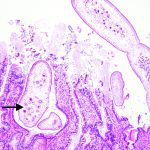In a recent column, I discussed new research by myself and colleagues at the University of Calgary that identified a deadly tapeworm parasite in wild muskrats. A reader suggested I expand on the human and dog aspect of this emerging disease. Just to briefly recap, the parasite is a tapeworm known as Echinococcus multilocularis. Animals […] Read more
Tag Archives animal health — page 14
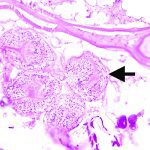
New study shows emerging parasite also infects muskrats
Human and pet dog cases of a deadly parasitic disease have recently increased in Western Canada. In Alberta, the parasite Echinococcus multilocularis has been diagnosed in 17 people between 2013 and 2020. In pet dogs, there were 27 cases in Western Canada between 2009 and 2021 with 18 of those occurring in Alberta. This is […] Read more
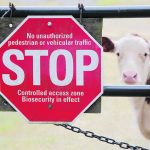
Animal health biosecurity bill makes way to Senate
REGINA — A private member’s bill to amend the Health of Animals Act has received third reading and gone to the Senate. Agriculture critic John Barlow’s bill, C-275, addresses biosecurity on farms and was passed by a 278-36 vote Nov. 29. During third reading debate a week earlier, Charlottetown Liberal MP Sean Casey said making […] Read more

Procedures in place for animal research
An enormous range of animal species are used in research for a variety of reasons. There is the familiar use of animals as models for human diseases, which is where the white laboratory mice and rats come in. Scientists may also study animals for their own benefit. It is worth considering the reasons we use […] Read more
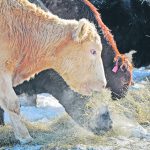
Conference provides insights into FMD preparedness, control
I recently attended the Vaccine and Infectious Disease Organization’s Animal Health Summit. The conference provided veterinarians, producers and other industry stakeholders an update on the current status of foot and mouth disease (FMD) worldwide. VIDO was founded more than 45 years ago at the University of Saskatchewan and is a leader in infectious disease research […] Read more
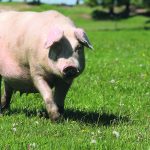
Why are U.S. pig death rates higher compared to others?
DES MOINES, Iowa — “Here in the U.S., we are behind all of our global competitors for both sow mortality as well as grow-finish mortality.” That observation, by Kansas State University animal science professor Mike Tokach, produced a simple question: why? It’s not simple to answer, he said during a panel discussion of veterinary issues […] Read more
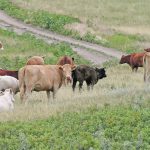
Vet shortage complicates FMD plans
Producers worry about how country’s shortage of veterinarians will affect surveillance against foot-and-mouth disease
The shortage of veterinarians is a problem Canadian beef industry and government officials must tackle as they develop a contingency plan in case of a foot-and-mouth outbreak, said an expert. “We know that’s the reality, so we have to work with that reality,” said senior director Bob Burden of Serecon, a consulting company primarily focusing […] Read more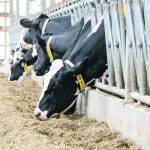
Dairy code update requires cattle movement
Few tie stall barns remain on western Canadian dairy farms, but producers might have to make calf housing changes
Most dairy farmers in Western Canada will feel minimal effects from changes to the national Code of Practice for the Care and Handling of Dairy Cattle. However, farmers with tie stalls may need to make some changes. The main effects of the changes that come into effect April 1, 2024, are around tethering of cows […] Read more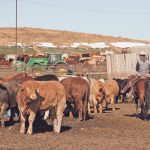
Low-stress cattle handling can pay off for producers
Low-stress handling doesn’t just have benefits for the public perception of our industry, it has a real impact on the cattle’s biology.

Bone dry on the range: U.S. ranchers in trouble
Cattle producers in Texas struggle to keep their animals fed and watered as they battle drought and extreme heat this year
TENNESSEE COLONY, Texas, (Reuters) — The brown and black cattle of Texas, beloved symbols of the Lone Star state, walk through desiccated grass and stand in shrunken watering holes while their ranchers struggle to get them enough food. For the second summer in a row, drought and extreme heat are stressing the health of cattle […] Read more


